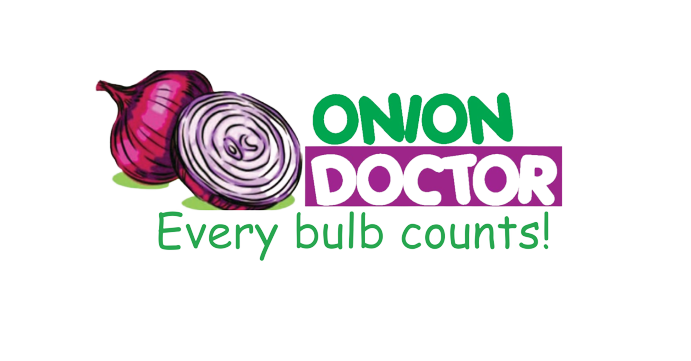Garlic Farming in Kenya: A Comprehensive Guide by Onion Doctor

Are you in need of in-depth knowledge on onion and garlic production? If yes, we are a call away. Our service chatter includes: Onion seedlings, Garlic seedlings, Farm planning services, Soil testing, Drip irrigation installation and maintenance, Agronomic support, Onion and Garlic value pack and Farm management. For free consultation, placing orders or booking a visit with an agronomist, please contact us via Call or what’s app +254703982228, Email: Info@oniondoctor.co.ke.
Garlic farming in Kenya offers numerous health benefits and economic opportunities. Discover essential tips and techniques for successful garlic cultivation, supported by Onion Doctor's expertise.
Health Benefits of Garlic Garlic boasts several health benefits, including boosting the immune system, promoting cardiovascular health, acting as an antioxidant, and reducing cholesterol levels.
Garlic Varieties In Kenya, garlic varieties are categorized into soft neck and hard neck types. Common soft neck varieties include Africa giant, Arusha giant, and Rwanda giant, available in various colors from white to purple.
Growing Regions Garlic thrives in regions with low humidity, moderate rainfall, and consistent temperatures. Ideal growing regions in Kenya include Nyeri, Murang’a, Kiambu, Kirinyaga, and more, spanning from highlands to lowlands.
Ecological Conditions Garlic flourishes in moderate climates with temperatures between 24°C and 30°C, moderate rainfall, and well-drained fertile soil rich in organic matter. Soil testing is recommended to ensure optimal conditions for garlic cultivation. Seed Propagation Garlic is propagated from certified seed cloves obtained from local agrovet stores. Planting cloves directly into well-prepared soil ensures resistance to pests and diseases, contributing to successful garlic farming.
Field Preparation and Planting Prepare the field by plowing and harrowing, followed by broadcasting manure and creating ditches for planting cloves. Proper spacing ensures optimal growth, with watering and mulching essential for germination and weed control.
Manure and Fertilizers Application Organic manure and foliar fertilizers are applied to provide essential nutrients for garlic growth and bulb development. Regular application at specific intervals contributes to healthy plant growth.
Irrigation, Mulching, and Weeding Drip irrigation is recommended for garlic farming to ensure adequate water supply and minimize moisture loss. Mulching with dry leaves or grass helps retain moisture and suppress weed growth, while frequent weeding ensures optimal plant health.
Pests and Diseases Management Garlic's pungent smell acts as a natural repellent against pests and diseases, but common issues include red ants, thrips, and aphids, as well as diseases like leaf rust and white rot. Proper field sanitation and organic pest control methods are crucial for pest and disease management.
Harvesting and Post-Harvesting Garlic is ready for harvest after approximately four months when the leaves turn brown. Careful harvesting and curing in a warm, dry place for one month ensure optimal shelf life and quality. Well-cured garlic can be graded and transported to market for sale.
Onion Doctor Support Onion Doctor provides comprehensive support for garlic farmers in Africa, offering quality seedlings, farm planning services, soil testing, drip irrigation installation, agronomic support, and more. Partner with Onion Doctor to optimize yields and maximize profits in garlic farming.
